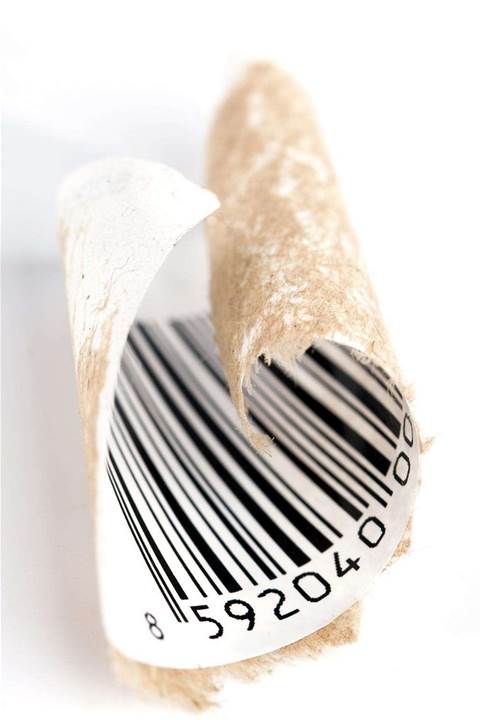Over the past 10 years radio frequency identification (RFID) has evolved from an unreliable and expensive gadget into a tool capable of revolutionising the efficiency of supply chains by providing detailed information about assets previously invisible to the business.
RFID chips can provide an efficient method for keeping track of assets as they make their way around the globe, from the factory, inside a shipping container in the middle of the ocean right to the point of sale. Recent advancements in RFID tags and readers make it possible to receive data on a tagged product's geographic location, temperature, humidity and any other detail that could affect the product's condition or resale value.
But the technology is still misunderstood and the diverse range of tags, readers and sensors provides ample opportunity for confusion.
The worst thing that happened to RFID, according to analyst firm Gartner, was the early misconception that it would replace barcodes. Many early implementations of the technology were dogged with reliability issues and costs spiralled as the true potential of RFID was ignored because companies rushed to implement the "next big thing" without a real business case.
But this was the dotcom-boom era when such thinking was common.
Fast forward 10 years and the hype surrounding RFID technology has faded but the technology remains shrouded in mistrust.
Friend or foe?
The first use of passive RFID dates back to World War II. Although both the Germans and Allied forces used radar to track airplanes, they could not tell the difference between enemy planes launching an attack and their own planes returning to base.
The Germans discovered that if their pilots rolled their planes on the way home, their radar images would change, which would differentiate them from Allied fighters. This manipulation of radar readings was effectively the first use of a crude RFID system. In this case, the entire plane was the "tag", which simply returned an altered blip when scanned by the radar.
These days, RFID tags are tiny. The smallest passive tags can be inserted inside a piece of jewellery; active tags containing a two-year battery can be smaller than a sugar cube.
As is common in a maturing industry, the price of the most basic passive tags have bottomed, according to Tim Zimmerman, research analyst at Gartner, who says the cost of a passive tag has fallen from about $1 to about 15¢ over 10 years.
The technology is also far more reliable than early systems, when around 20 percent of tags failed immediately after initialisation.
Zimmerman likens the value of RFID tags to PCs, where the basic system cost is relatively stable but each year the functionality, capacity and range increases.
Integrating tags into products at component level removes any costs associated with tag casings and adhesives, which could reduce the overall cost of a tag down to just a few cents. This method has already been used in mobile phones and even cardboard boxes.
A summary of RFID standards
The International Organization for Standardization has approved various global standards for passive tags in many vertically integrated industries, including the movement of livestock, contactless smartcards and payment cards as well as the structure of data carried on a tag.
Active tags running at 2.4Ghz tend to communicate using the well known 802.11 wi-fi standards, which makes integration relatively straight forward.
But there are some areas, such as shipping container tracking, where standards have yet to be established. These usually run at 433Mhz and according to Zimmerman, are vertical markets that may not be large enough to warrant a large-scale standards effort.
Compared to 10 years ago, the RFID world is a very different place, says Zimmerman.
He readily admits that at the time the big industry players had pronounced the technology was "ready for prime time" in fact it was still a few years away.
For example, in 1998, moving a product from China through the US to Europe would require separate tags for each region and additional tags depending on the materials being tagged. Today, for many vertical industries a single tag would be enough.
Just as importantly, the sensitivity of tags and readers, as well as memory capacity, has significantly improved over the past decade.








_(11).jpg&h=142&w=230&c=1&s=1)



.jpg&w=100&c=1&s=0)
_(8).jpg&w=100&c=1&s=0)









